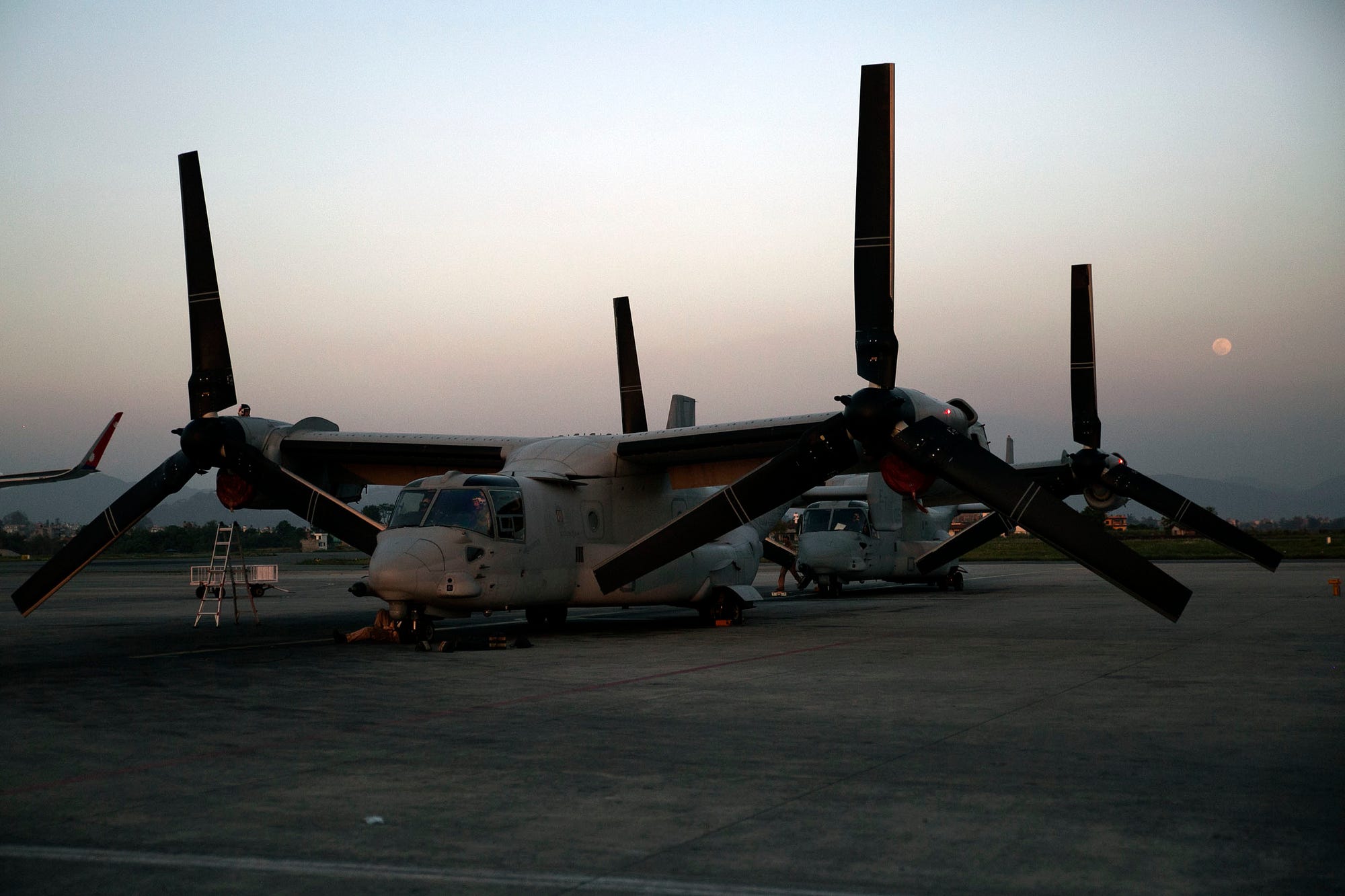by Rajeev Srinivasan, May 4, 2015
The late Samuel P Huntington put forth his seductively simple theory of the “clash of civilisations” some years ago. Although many criticised him, it does appear that there are several mutually antagonistic entities constantly in conflict with each other, shifting alliances and at war overtly or covertly. India has the unfortunate fate of being attacked simultaneously by three of these civilisational entities, while desperately trying to convince itself that it is friends with all of them.
The latest manifestation is the Chinese initiative in Pakistan linking Kashgar in Chinese-held Sinkiang to Gwadar in Balochistan, via Pakistani-Occupied Kashmir and Gilgit-Baltistan. The proposed $46 billion project has a number of alarming and sinister implications, almost none of which is good for India.
The simplest first: in the Chinese maps that have been reprinted by many in the global media, Chinese-Occupied Kashmir (CoK, or Aksai Chin) is not even marked as disputed territory: it has been integrated into Chinese Sinkiang. Interestingly, western media that insists on drawing dotted lines around all of Kashmir and marking it ostentatiously as a disputed territory has quietly accepted this. Score 1 to the usual Chinese tactic of “creating facts on the ground”, as they did with suddenly referring to the Senkaku Islands with a new name, Daiyou, now widely accepted as an alternative.














